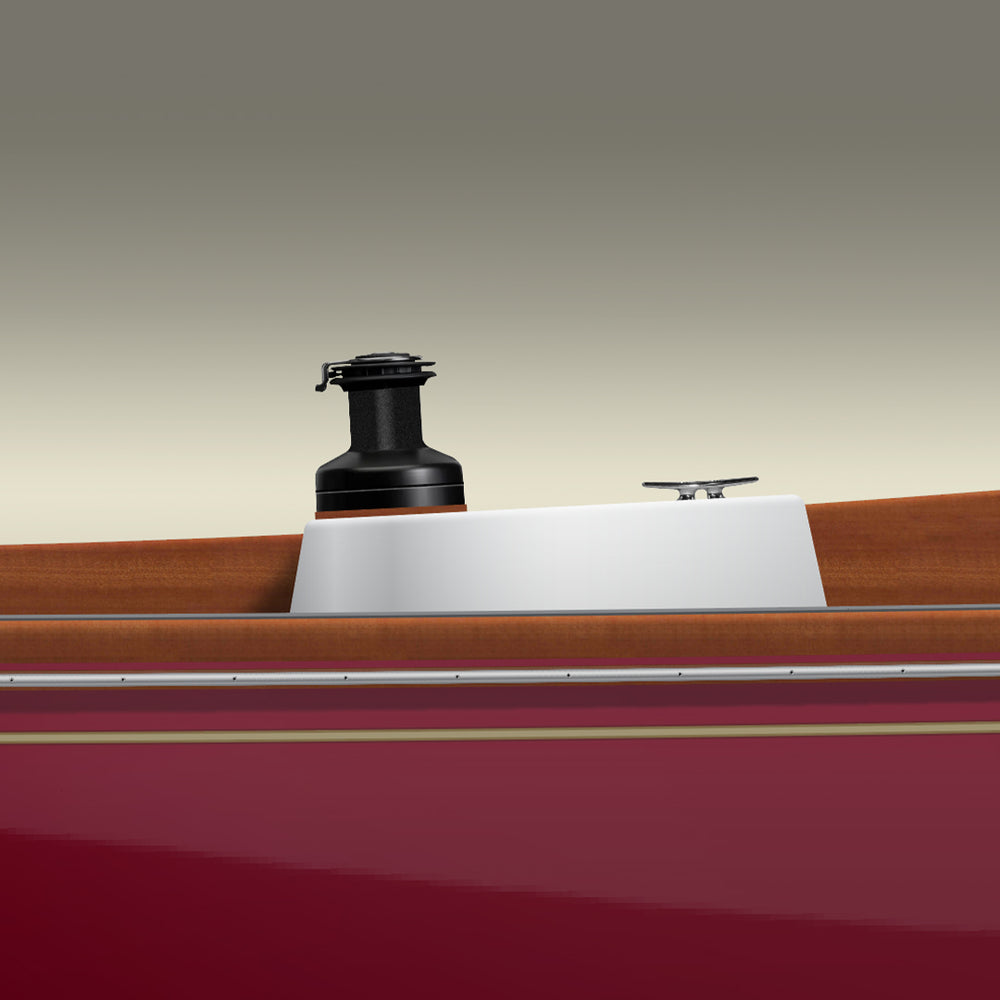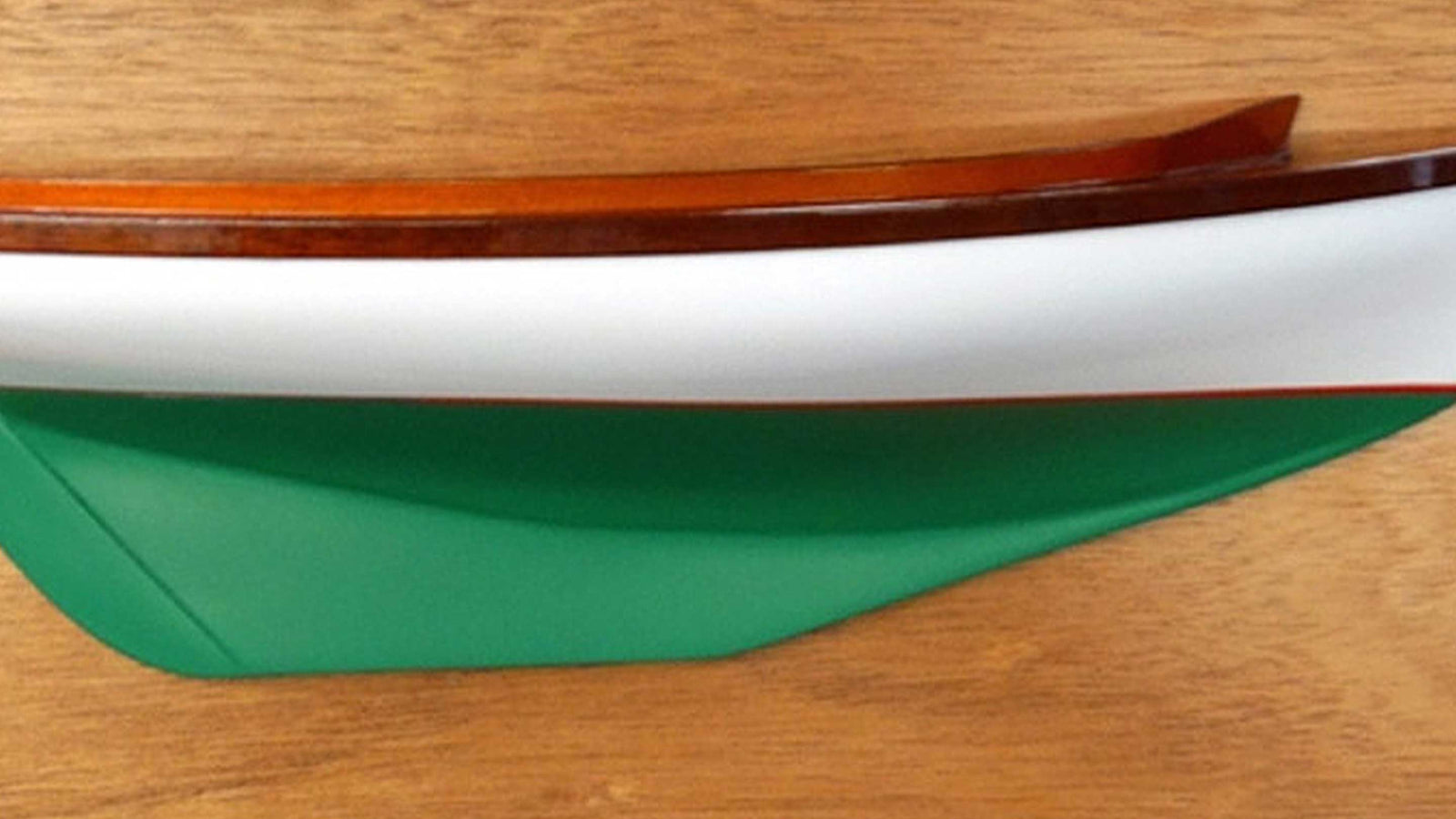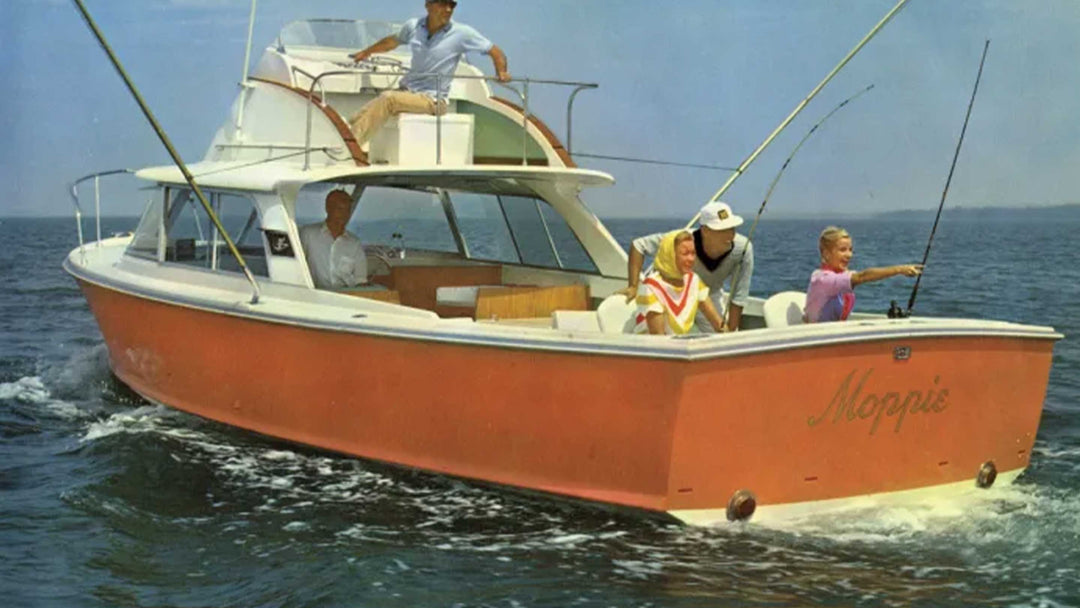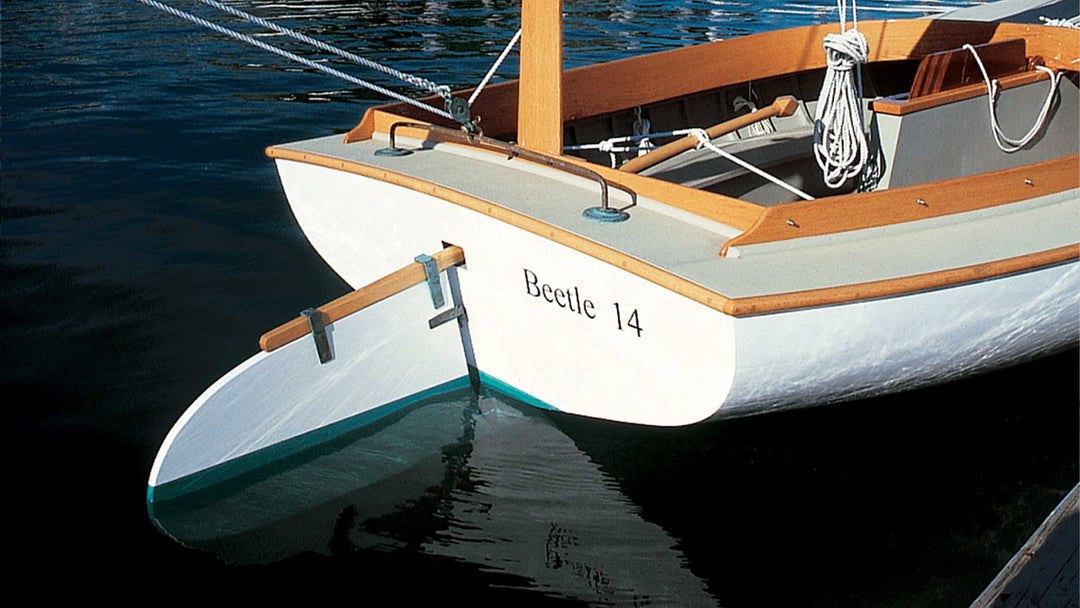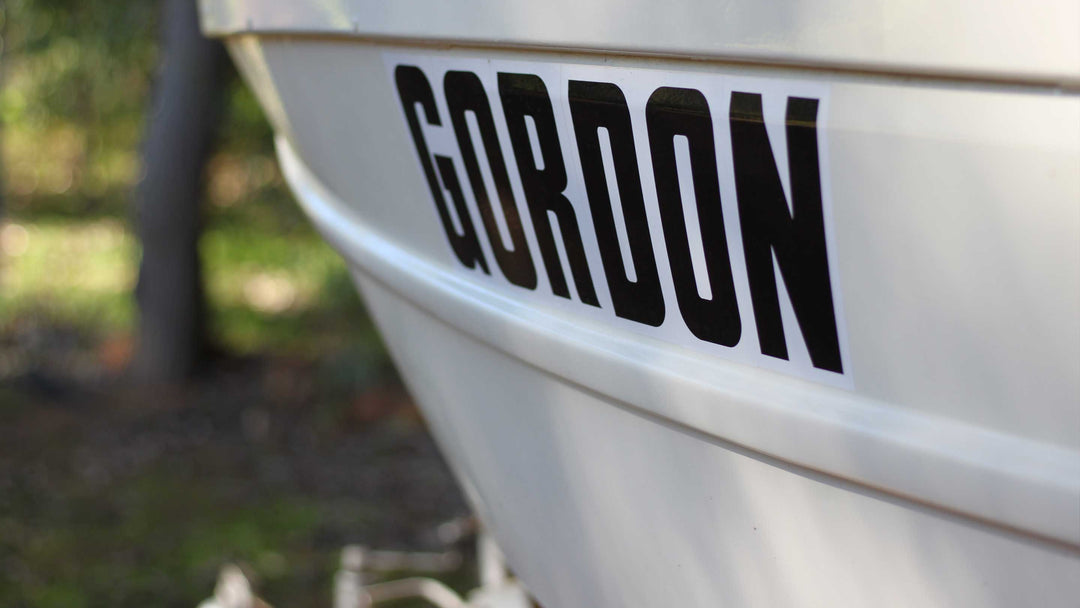A Brief History of Ship Modeling
The art of ship modeling has a long and storied history that spans centuries, providing enthusiasts with a fascinating glimpse into the world of maritime craftsmanship. Ship models, whether made for practical purposes, as intricate works of art, or for educational use, have been an integral part of maritime culture. In this article, we'll embark on a journey through time to explore the rich history of ship modeling and its evolution from ancient times to the modern era.
Ship modeling has its origins in the distant past, with the earliest examples dating back to ancient Egypt. These models, carved from wood and often placed in tombs, showcased the significance of ships in Egyptian society, as they were integral to trade and transportation along the Nile.
Ancient Greece also contributed to the development of ship modeling. It was common for Greek craftsmen to construct ship models for temples, depicting the grandeur and power of their naval fleets. These early models were crafted using ivory, precious metals, and other materials, reflecting the skill and artistry of the time.
During the medieval period, ship modeling continued to evolve. Shipbuilders and craftsmen created scale models of vessels for practical purposes, as these models helped in the construction and repair of full-sized ships. These models were known as "half-hull" models, and they provided a three-dimensional blueprint for shipbuilders to follow.
The Age of Exploration in the 15th and 16th centuries brought about significant advancements in ship modeling. As explorers set sail to discover new worlds, ship models became essential tools for navigation and cartography. Portuguese and Spanish explorers, in particular, relied on intricately detailed ship models to chart uncharted waters. These models were crucial in determining the best routes and understanding the capabilities of the vessels.
The 17th century marked the "Golden Age" of ship modeling. This period saw the emergence of ship modelers as artists and craftsmen. The models created during this time were often ornate, showcasing intricate details and exquisite craftsmanship. The use of various materials, including ivory, gold leaf, and exotic woods, enhanced the beauty of these models. It was during this era that the craft of ship modeling expanded from being purely practical to becoming a recognized art form.
In the 18th and 19th centuries, ship models played a crucial role in the training of naval officers and sailors. Navies worldwide used ship models as instructional tools, teaching sailors and officers the intricate details of ship design, navigation, and tactics. These educational models were often large and highly detailed, reflecting the importance of ship modeling in naval training.
As the 20th century dawned, ship modeling transitioned from an educational and practical pursuit to a hobby enjoyed by enthusiasts worldwide. Model ship kits became widely available, allowing individuals to build replicas of their favorite vessels. This democratization of ship modeling led to a surge in interest and a thriving community of hobbyists.
Contemporary ship modelers have access to an array of materials and techniques, from traditional wood carving to advanced 3D printing technology. Modelers continue to build and collect ships from various historical eras, and many participate in clubs and exhibitions to showcase their work.
The history of ship modeling is a testament to human ingenuity, craftsmanship, and our enduring fascination with the sea. From its humble origins in ancient civilizations to the intricate masterpieces of the Golden Age and the modern resurgence of ship modeling as a popular hobby, this art form has endured the test of time. Ship modeling continues to be a source of inspiration, education, and artistry, connecting us with our maritime heritage and the timeless allure of the open sea. Whether you're a seasoned model shipbuilder or a newcomer to the craft, this rich history reminds us that ship modeling is not just a hobby but a timeless tradition that honors the vessels that have shaped our world.


